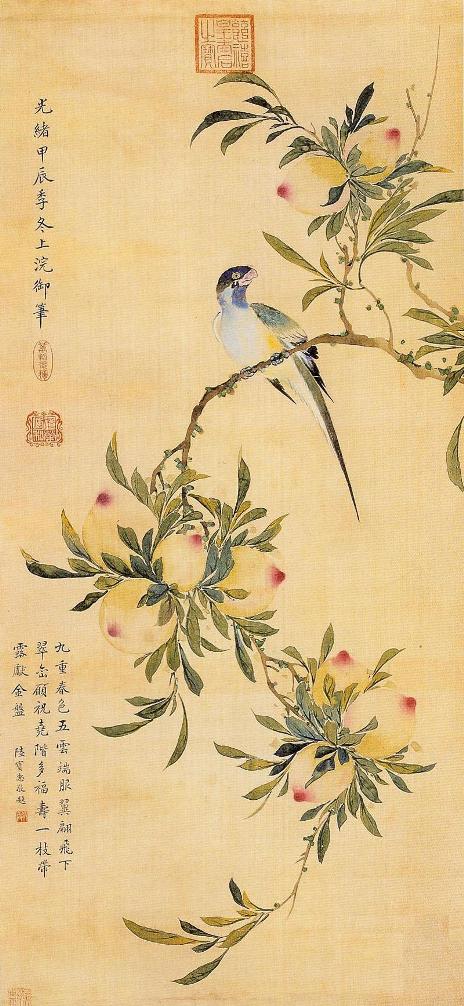Bird-and-flower

Bird-and-flower
Bird-and-flower painting, known as Huaniaohua in Chinese, is a revered genre within Chinese art, encompassing a rich tradition that dates back centuries. This style combines the delicate beauty of both flora and fauna, creating compositions that go beyond mere aesthetic appeal to embody deeper symbolic meanings.
Originating from the Tang Dynasty (618-907), bird-and-flower painting evolved from ornamental designs on utensils to a profound art form. During the Five Dynasties period (907-960) and reaching maturity in the Song Dynasty (960-1279), this genre became one of the three major trends in traditional Chinese painting, alongside Landscape and Figure Painting.
Artists such as Lin Liang, Qi Baishi, and Zhang Daqian were instrumental in developing various techniques within this genre, ranging from ink wash painting to fine-brush styles. This painting style was also introduced to Japan and Korea, influencing artistic developments in these regions.
Bird-and-flower paintings carry deep symbolic significance, often representing virtues like nobility, modesty, integrity, and the noble Confucian gentleman. Plants like plum blossoms, bamboo, chrysanthemums, and peonies frequently appear in these artworks, each carrying its own unique symbolism.
Collectors, auctioneers, and art experts cherish this genre for its historical significance and profound cultural symbolism. The bird-and-flower painting genre offers a captivating glimpse into the traditional Chinese values and aesthetics.
For enthusiasts and collectors interested in bird-and-flower paintings, signing up for updates on sales and auction events related to this genre could provide invaluable opportunities to explore and acquire these timeless pieces of art. This subscription will keep you informed about the latest developments and opportunities in this fascinating area of Chinese art history.
| Country: | Asia, China |
|---|---|
| Start of the period: | X century |